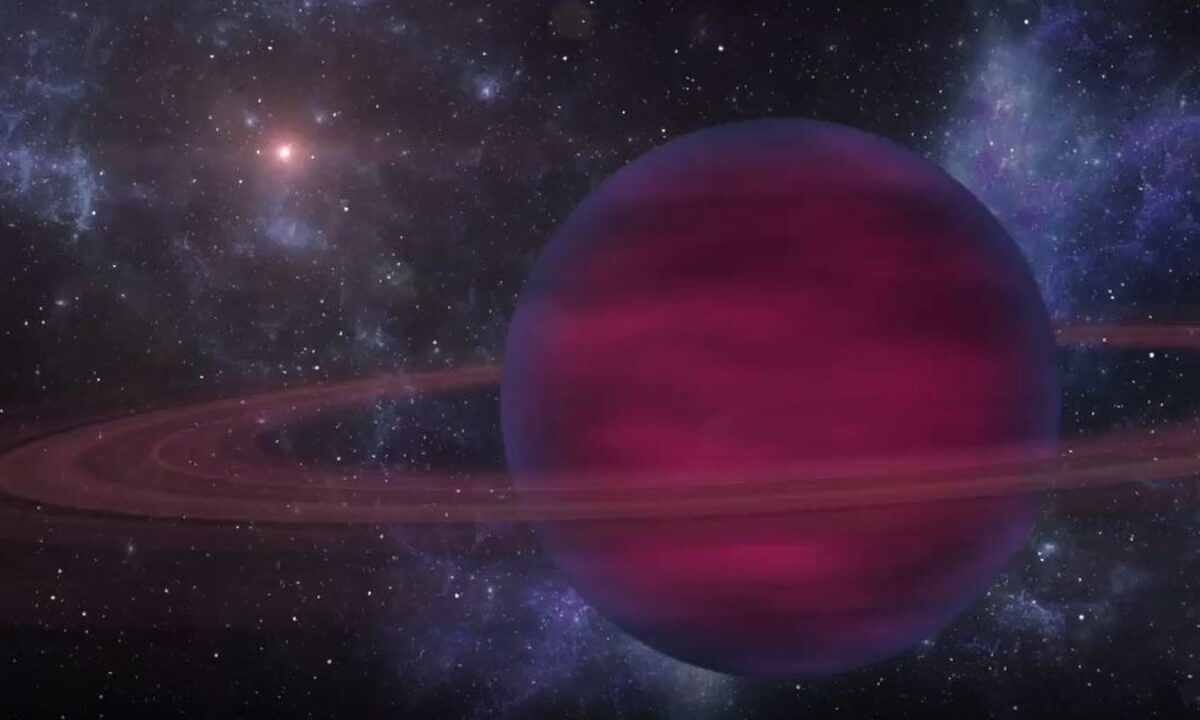The new powerful NASA James Webb Space Telescope continues to study the corners of the Universe more closely and in more detail. Before it had time to study the galaxies in detail, it moved on to the study of a brown dwarf, which atmosphere is filled with clouds of hot dust.

A brown dwarf is a dead star with a mass between a giant planet, such as Jupiter, and a tiny star. Most brown dwarfs have the characteristics of both stars and planets: they emit a little heat and light, like stars, but cooled and often form an atmosphere similar to a planetary one. This particular brown dwarf is called VHS 1256b. It is 72 light-years away and almost 20 times more massive than Jupiter.
On Earth, clouds are usually formed due to the heating of water by the sun, which then evaporates, and the resulting water vapor rises into the atmosphere, where it merges into clouds before falling to the surface in the form of precipitation. Scientists have long assumed that under appropriate conditions, a similar process can occur with silicates, and not with liquid water.
The clouds above VHS 1256b are very different from those on Earth. On a brown dwarf, such an atmospheric effect looks much more amazing. The sand clouds on a dead star are highly incandescent and probably consist of evaporating silicate materials that rise above the star.
The new study, which details the results of VHS 1256b, is part of the Webb Early Science Release Program, which aims to make data from telescope observations public as soon as possible. The study is intriguing because this is the first time astronomers have directly observed such an atmosphere. Moreover, the sky on VHS 1256b is not just silicate dust. The research team also reported the detection of water, methane, carbon monoxide, carbon dioxide, sodium and potassium in the star’s atmosphere.
The article concludes with a description of the enormous potential of James Webb, which will help us in the future to better understand brown dwarfs and other more mysterious objects in the Universe.
Follow us on Twitter to get the most interesting space news in time
https://twitter.com/ust_magazine
